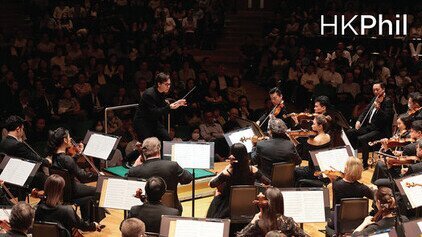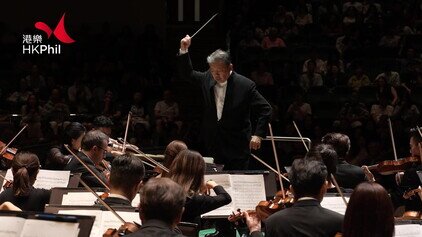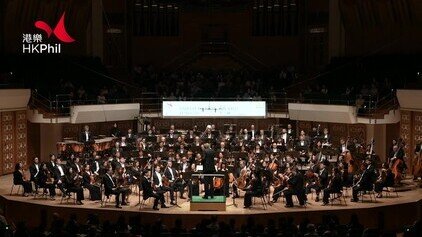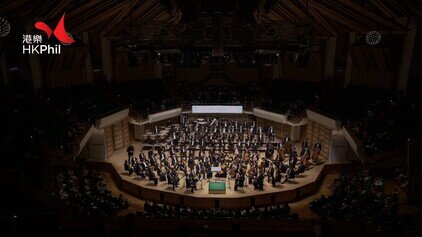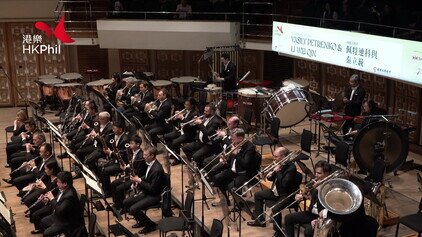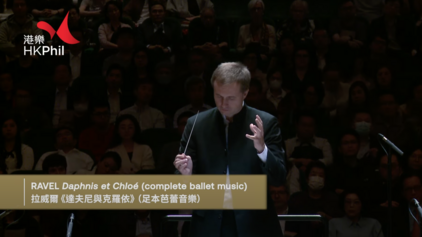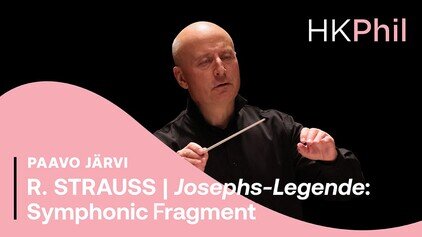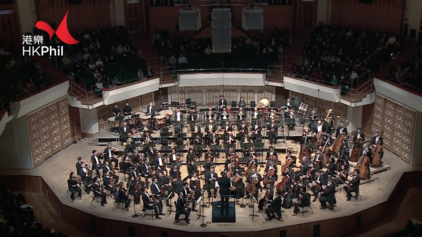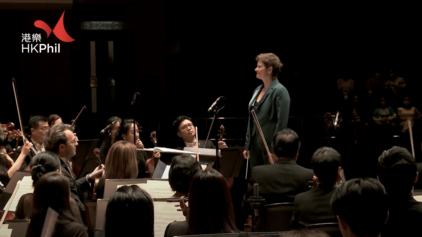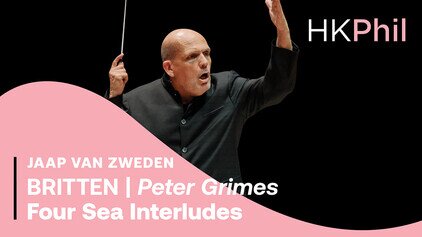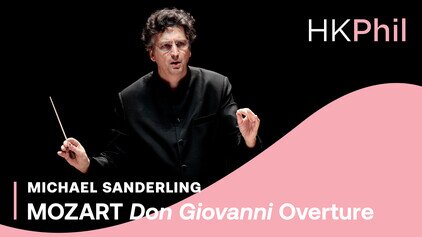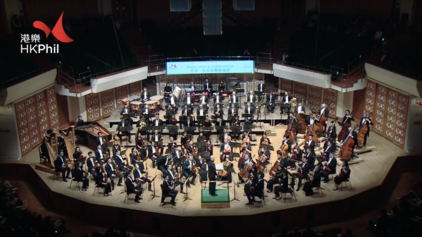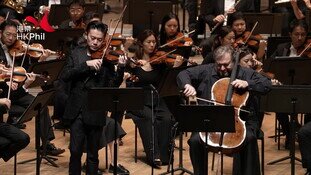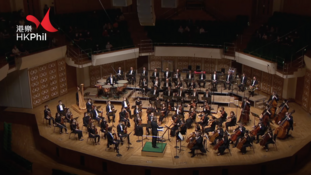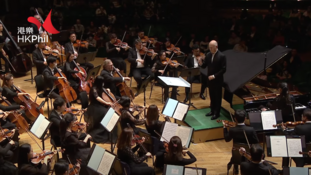BRAHMS | Symphony no. 4
Up Next
PROGRAMME
BRAHMS (1833-1897)
Symphony no. 4 in E minor, op. 98
- Allegro non troppo
- Andante moderato
- Allegro giocoso
- Allegro energico e passionato
THE COMPOSER
It was the conductor Hans von Bülow who first suggested that the greatest composers in history were three German-born men whose names, conveniently, begin with the letter B, and ascribed to them almost God-like status: “I believe in Bach the Father, Beethoven the Son, and Brahms the Holy Spirit of music”. German critics of the 19th century reinforced that view by describing Bach as the Master of the Choir, Beethoven the Master of the Piano, and Brahms the Master of the Orchestra. Yet despite this, Brahms produced only a dozen original orchestral scores, including four symphonies composed over the course of some 25 years. There is plenty of evidence that he started several more, but ever a harsh critic of his own work, he destroyed most of his preliminary sketches for large-scale orchestral works.
THE BACKGROUND
The origins of the Fourth Symphony date back to 1880 when Brahms obtained a copy of the manuscript of Bach’s Cantata 150 (a work which had yet to appear in print) and was so impressed by the Chaconne with which that work ends, that he decided to use it as the basis of a symphonic movement sometime in the future. Four years later, he did just that and, as a result, made something of symphonic history by producing the first symphony to end with a slow and solemn movement rather than a bright and cheerful one.
PERFORMANCE HISTORY
Brahms began work on the Fourth Symphony in the summer months of 1884, whilst taking a holiday in Mürzzuschlag, a popular Alpine resort south of Vienna, and completed it the following year in time for its premiere in Meiningen, conducted by Hans von Bülow on 25 October 1885.
THE MUSIC
The Fourth Symphony took rather longer to earn itself a place in the repertoire than his previous three symphonies, and for many years it was regarded as “difficult” and “complex”. Yet the leisurely opening theme of the first movement would seem to be as straightforward and attractive as anything Brahms composed. However this is a large-scale symphony full of conflicting moods and dramatic changes of character and this leisurely mood is eventually thrown into turmoil. Heralded by a pair of horns, the statuesque and serious second movement eventually gives way to the boisterous third. It was this third movement which most shocked Brahms’ admirers: here was a composer famed for his seriousness and solidity actually turning out something humorous (you might listen out for the only appearance in the symphony of the triangle).
After such an explosion of jollity, the fourth movement, a set of 30 variations on a bass-line taken from the Bach Chaconne, is as profound as any music Brahms was to write. Echoing the religious mood of the Bach Cantata, Brahms uses trombones in this movement – trombones were long associated with church music – and in reserving their use for the final movement Brahms was also showing his allegiance to the third of that musical Holy Trinity proclaimed by von Bülow, Beethoven. In his equally monumental Fifth Symphony, Beethoven, too, had reserved the trombones for the final movement.
Programme notes by Dr Marc Rochester
ARTISTS
SUPPORT THE HK PHIL'S ONLINE PROGRAMMES
The Ambassador Fund allows the orchestra to produce various online programmes, keeping our connection with the communities. The HK Phil has released over 80 online programmes and garnered over 1.5 million views since the pandemic. Your donation supports production costs incurred and helps us share music!
All Performances
Other videos in this series







